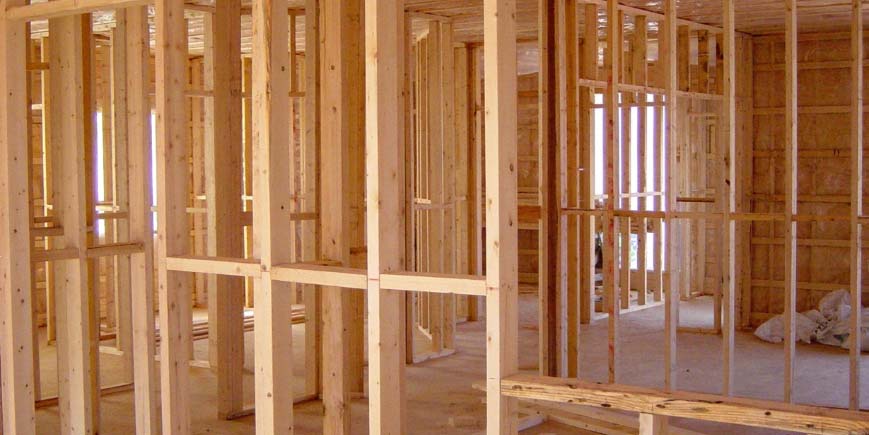This information should not be interpreted as financial, tax or legal advice. Mortgage and loan rates are subject to change.

Categories: government and politics | development finance
The government has revealed its plans to remove legacy EU laws will allow 100,000 new homes to be built across the UK by 2030.
The Government claims that over 100,000 potential homes are being held-up by ‘defective EU laws’, left over from when the UK was part of the European Union. Following this, the Government has announced its plans to unblock housebuilding across the UK, while putting in new Protected Site Strategies to mitigate risks to the local environments.
The legacy laws in question are associated with how river systems are dealt with in terms of nutrient neutrality. While nutrients entering rivers is a very real concern, the nutrients coming from newly built homes is very small.
Major house-builder Barratt Developments has had 2500 homes stalled due to nutrient neutrality rules. Their chief executive, David Thomas, commented:
Alongside plans to mitigate the relatively limited impact of new build housing, we welcome the further commitment to tackling nutrient pollution at source in agriculture and industry and the much-needed planned improvements in our water infrastructure.
By unblocking this law, 100,000 new homes will be developed in the UK between now and 2030, adding an estimated £18 billion to the economy.
A non-departmental public body responsible for ensuring the environment is protected, Natural England, is expected to work with both local authority and the private sector in order to tackle nutrient pollution, improving the long-term health of England’s river systems.
Natural England will do this by writing up fresh Protected Site Strategies, which are plans to conserve a certain protected site. They may include assessments of impact of any activities around the given area, as well as opportunities for biodiversity net gain.
Once complete, restoration can begin on areas that are both the most affected and which have the highest demand in housing - this scheme is expected to be subsidised in part by the bigger house-builders in the industry.
The current Government has had a strong record when it comes to house building, with more than 2.2 million homes being built since 2010.
Nonetheless, more needs to be done as UK housing is still in short supply, making the affordability gap even greater as house prices have soared since the 1990’s.
Understanding this, the Housing Minister has recently set out his longer term plan to boost development of housing even further.
The Housing minister, Michael Gove, has said:
We are committed to building the homes this country needs and to enhancing our environment. The way EU rules have been applied has held us back. These changes will provide a multi-billion pound boost for the UK economy and see us build more than 100,000 new homes.
Protecting the environment is paramount which is why the measures we’re announcing today will allow us to go further to protect and restore our precious waterways whilst still building the much-needed homes this country needs.
We will work closely with environmental agencies and councils as we deliver these changes.
Commenting on the proposed reforms, senior public affairs officer at the Royal Institute of Chartered Surveyors, Sam Rees, has said:
RICS welcomes greater clarity, which this amendment in the Levelling-Up Bill provides and should help tackle planning backlogs – something RICS members have repeatedly referenced as a barrier in creating new homes. Overcoming these existing bottlenecks is crucial for meeting housebuilding targets, although we recognise that this cannot come at the detriment of the environment.
The UK needs further investment towards mitigation and treatment works in our waterways, as well as a push to build greener, more energy-efficient homes that significantly limits resulting pollution.
If this approach is done correctly, the UK would see a much welcomed increase in the supply of housing and it would not be at the cost of the river systems.


